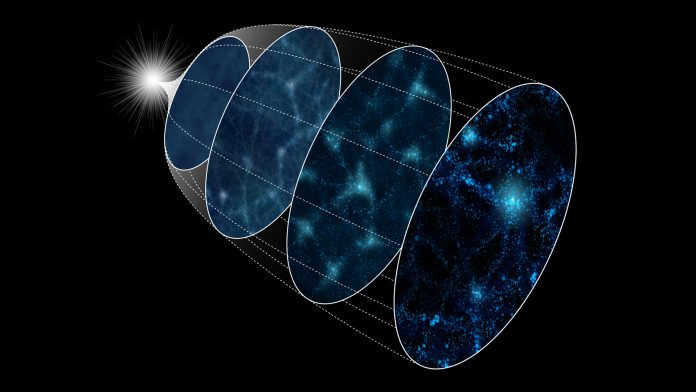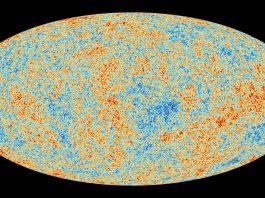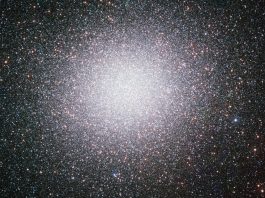Astronomers at the National Astronomical Observatory of Japan (NAOJ) have used a supercomputer to test a method of reconstructing the state of the early Universe.
The team used the ATERUI II supercomputer to apply this reconstruction to 4000 simulated universes. They found that together with new observations the method can set better constraints on inflation, one of the most enigmatic events in the history of the Universe. The method can shorten the observation time required to distinguish between various inflation theories.
Just after the Universe came into existence 13.8 billion years ago, it suddenly increased more than a trillion, trillion times in size, in less than a trillionth of a trillionth of a microsecond; but no one knows how or why. This sudden ‘inflation’ is one of the most important mysteries in modern astronomy. Inflation should have created primordial density fluctuations which would have affected the distribution of where galaxies developed. Thus, mapping the distribution of galaxies can rule out models for inflation which do not match the observed data.
Processes other than inflation also impact galaxy distribution, making it difficult to collect information about inflation directly from observations of the large-scale structure of the Universe, the cosmic web comprised of countless galaxies. In particular, the gravitationally driven growth of groups of galaxies can obscure the primordial density fluctuations.
Turning back the clock
A research team led by Masato Shirasaki, an assistant professor at NAOJ and the Institute of Statistical Mathematics, thought to apply a ‘reconstruction method’ to turn back the clock and remove the gravitational effects from the large-scale structure.
They used ATERUI II, the world’s fastest supercomputer dedicated to astronomy simulations, to create 4000 simulated universes and evolve them through gravitationally driven growth. They then applied this method to see how well it reconstructed the starting state of the simulations. The team found that their method can correct for the gravitational effects and improve the constraints on primordial density fluctuations.
Shirasaki said: “We found that this method is very effective. Using this method, we can verify of the inflation theories with roughly one tenth the amount of data. This method can shorten the required observing time in upcoming galaxy survey missions such as SuMIRe by NAOJ’s Subaru Telescope.”









